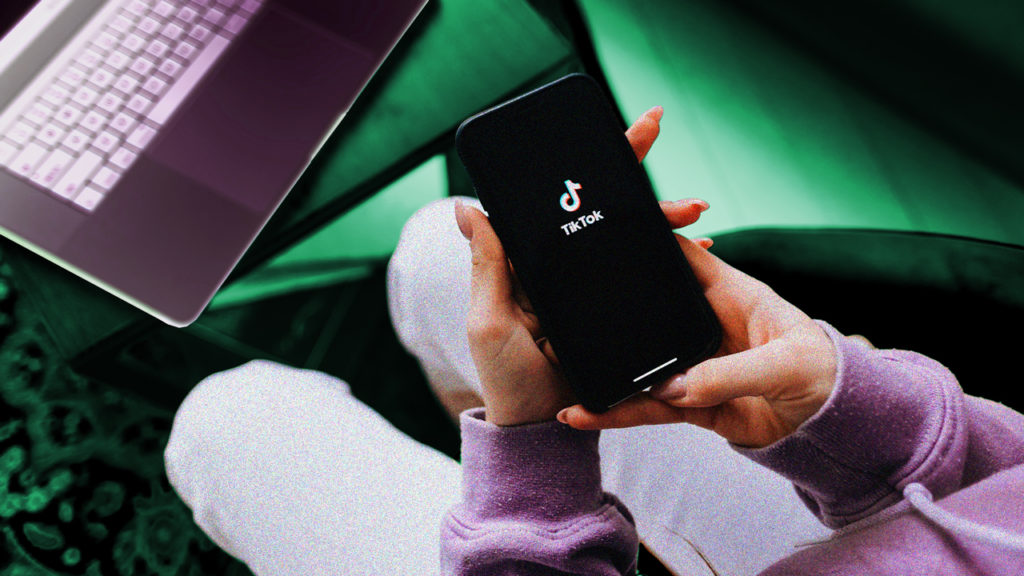This week in social media news, TikTok shares tips on how to get the most out of its creative solutions, Facebook releases a study on effective video approaches with Analytics Partners and The Lab, YouTube announces new updates for YouTube Studio and more.
TikTok Releases A ‘Creative Solutions’ How-To Guide
TikTok has released its latest creative guide to provide background, best practices and tips for brands seeking to fully utilize its creative solutions.
Why it matters: Brands in pursuit of building a successful presence on TikTok must understand what works with the community and its unique characteristics, while aligning creative campaigns with organic trends.
The details: According to TikTok’s guide, capitalizing on trends, making sound a priority, communicating with the community and expressing with authenticity (especially) are some of the primary ways in which creators establish a successful presence on the platform. The guide advises on everything from messaging, budgeting and how to best utilize TikTok’s resources like its Creative Center, Creator Marketplace and Video Editor, among others.
Facebook Releases New Insights About Critical Components Of Effective Videos
Facebook commissioned Analytics Partners and The Lab to release a “social online video effectiveness report” that addresses new trends in the realm of video, how it is the pre-eminent medium for brands reaching new customers and what that means for marketers.
Why it matters: With video content’s domination over other mediums in the current arena of marketing and customer engagement, brands seeking to keep up must adopt new strategies and tactics as outlined in the new report.
The details: The report addresses the rising long-term return on investment (ROI) potential of video content with copy quality and creative—e.g., content, communication, engagement—which is driving improved performance significantly more than elements like scheduling, targeting and duration.
Additionally, The Lab created a new measurement scorecard to rate performances of in-video elements. Best practices on the seven most important ones advise that online video creative should: (1) be built for mobile, (2) disregard sound as a necessity, (3) showcase the product or service, (4) include one primary message, (5) spotlight the message at the start of the video, (6) get to the point quickly and (7) include movement or fast edits at the start of the video to draw in attention.
The full guide includes several more recommendations, case studies and specifics on each aspect of successful video creative.
YouTube Issues New Updates For YouTube Studio
YouTube has announced the release of several new updates for YouTube Studio including dark mode on desktop, hashtag autocomplete suggestions and more.
Why it matters: The additions, while not necessarily monumental or game-changing, aim to provide more insight and management options and can improve creators’ usage of the app.
The details: Among the updates are dark mode on desktop, a highly requested feature. Additionally, the new mobile and desktop ‘Hashtag Autocomplete Suggestions’ option within the video upload process will show the number of videos that have used each hashtag in their description or title, in addition to channels that are associated with each tag.
Coinciding with the rise of Shorts, Youtube’s new ‘Mentions’ tab in the comments inbox will help creators track their mentions across the app on desktop and keep comments and mentions separate from each other.
Lastly, starting next week, Youtube will be launching its updated-in-real-time channel and video insights on mobile, which transforms the app into something more akin to its desktop counterpart.
Instagram Adds New ‘Audio’ Search Tab
Instagram’s search tab now accommodates a new audio search, making it more convenient for users to tap into music trends that are available for use within the app.
Why it matters: The update comes as Instagram attempts to quell the TikTok resettlement by maximizing Reels usage and promoting it, and related tools, to a level competitive enough to take on the music- and video-based app that boasts 130 million active users as of June 2021.
The details: A TikTok-like display of the Reels that have used samples of a specific song appears once users tap on the track they have searched for. The audio can be saved for future use while users get inspiration for how they can implement the audio into their own creations.
Interestingly, the update launches on the same day that YouTube has released its new ad campaign that promotes the exact same feature within its own TikTok-like competitor, Shorts.
As these features become more and more similar across platforms, the trend of non-TikTok apps incorporating TikTok-like features will continue as long as TikTok continues to capture younger audiences.
YouTube Introduces New Shorts Ad Campaign
Youtube has launched a new global video ad campaign that seeks to boost Shorts usage by getting creators to embrace “the shorter side of YouTube.” YouTube’s campaign showcases how users can create their own take on popular music trends.
Why it matters: With music videos being one of the most popular uploads on the platform, YouTube is enlisting new talent and tools in order to compete with TikTok. And given the massive popularity of music videos on YouTube, it’s not as much of a stretch to assume that the new feature will be a significant opportunity for YouTube to maintain creators and engage viewers.
The details: The new campaign highlights the TikTok-like features of Shorts with musicians such as The Weeknd and Camila Cabello. With the new update, users can add their own take when viewing a music video by simply tapping the ‘Shorts’ button.
Considering that YouTube is tracking 15 billion daily views of Shorts clips—a more than 100 percent increase over usage in April 2021—the new campaign is likely to capture the attention of those who’ve caught onto TikTok compilation videos on YouTube and those that are aware of cash payment for top-performing Shorts. Whether all of these features and incentives will prevent creators and viewers from venturing over to TikTok remains to be seen, especially given that the two platforms still seem to be serving different purposes and users.

